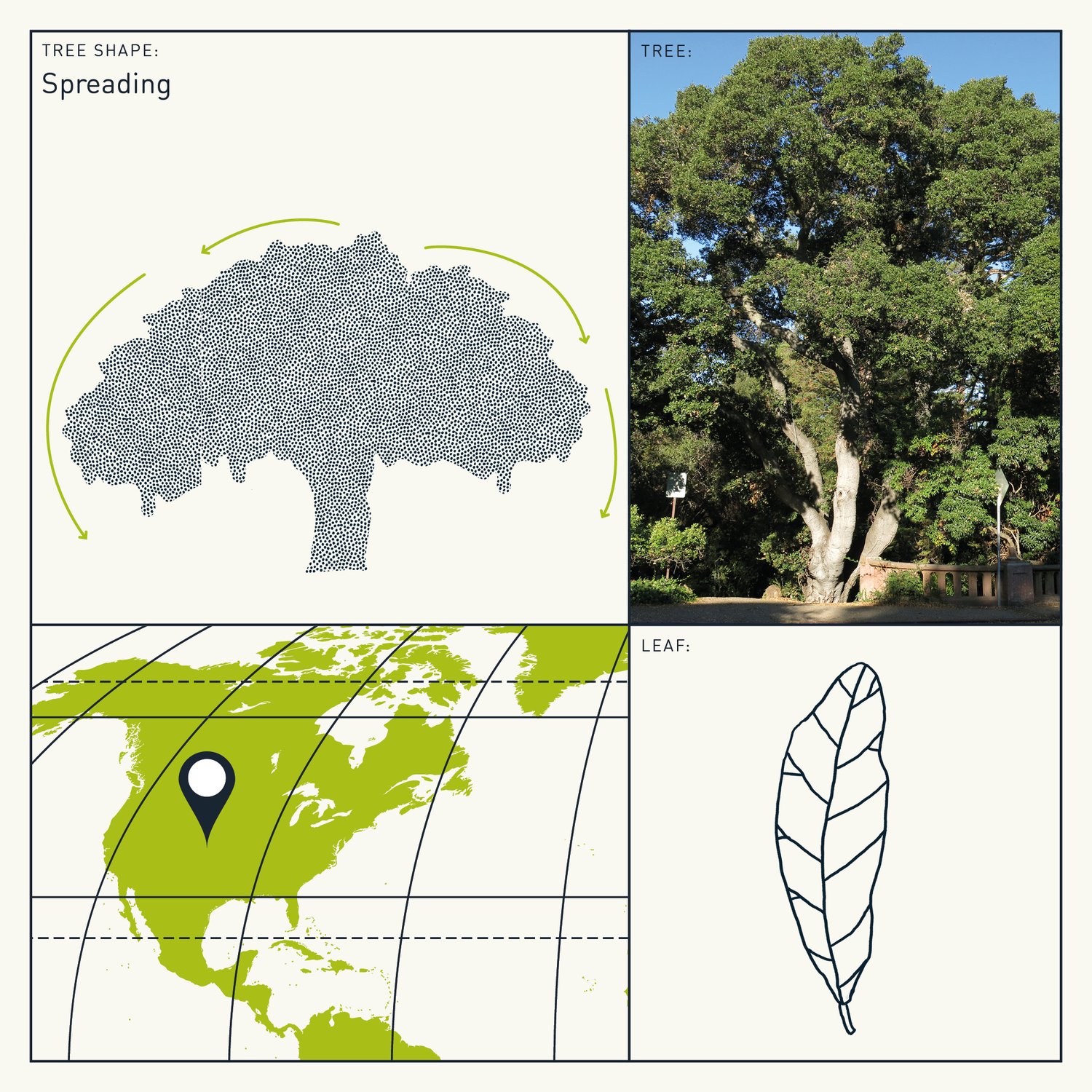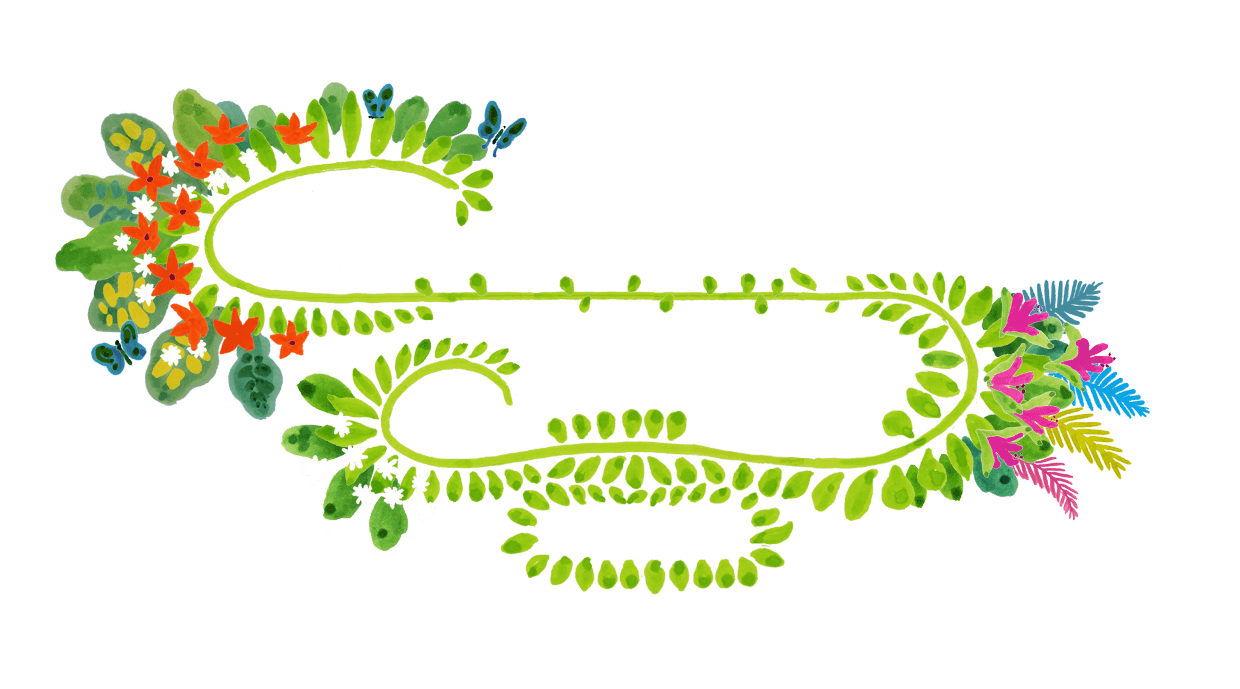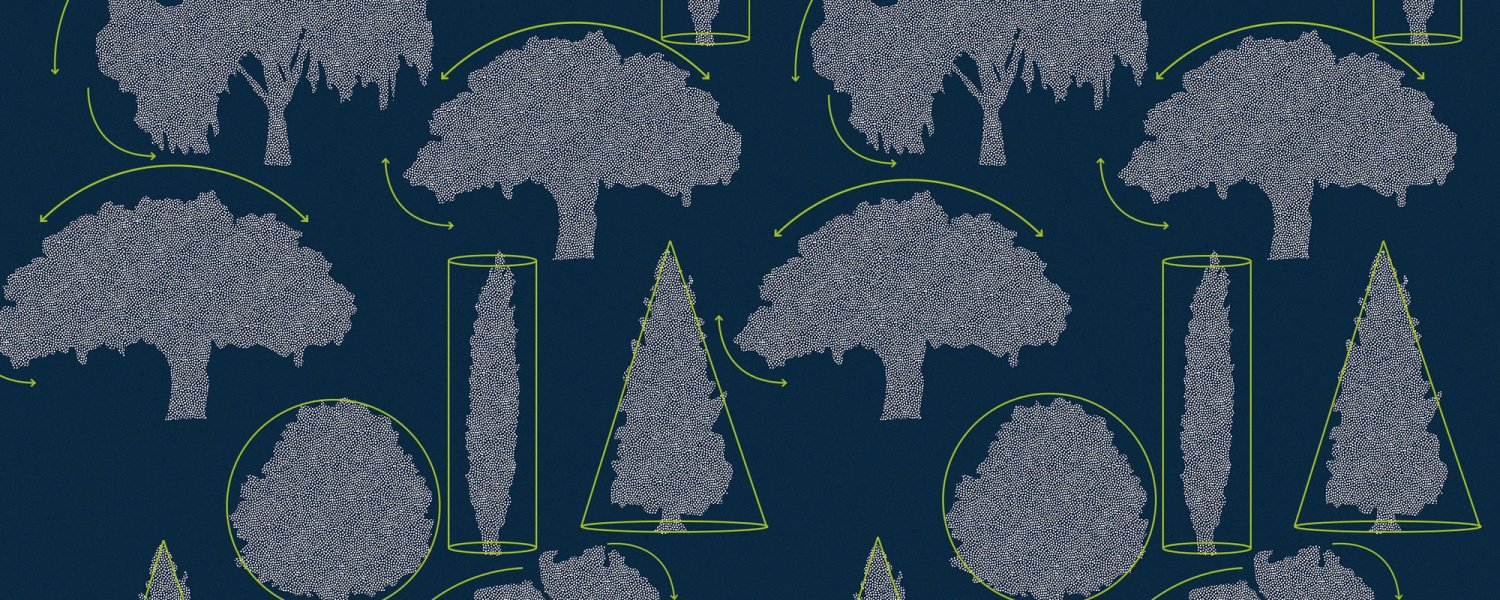
Insight
SUGi Tree Guide: Tree Shapes
Have you ever wondered why some trees weep and others grow like cones?
The shape and size of a particular tree is largely influenced by its specific requirements for growth, alongside environmental factors and evolutionary adaptations. Water and light are essential for trees, both elements impact the tree height, crown shape, and the form of leaves.
Some trees grow tall and receive bright direct light, while understory trees with rounded canopies capture filtered indirect light.
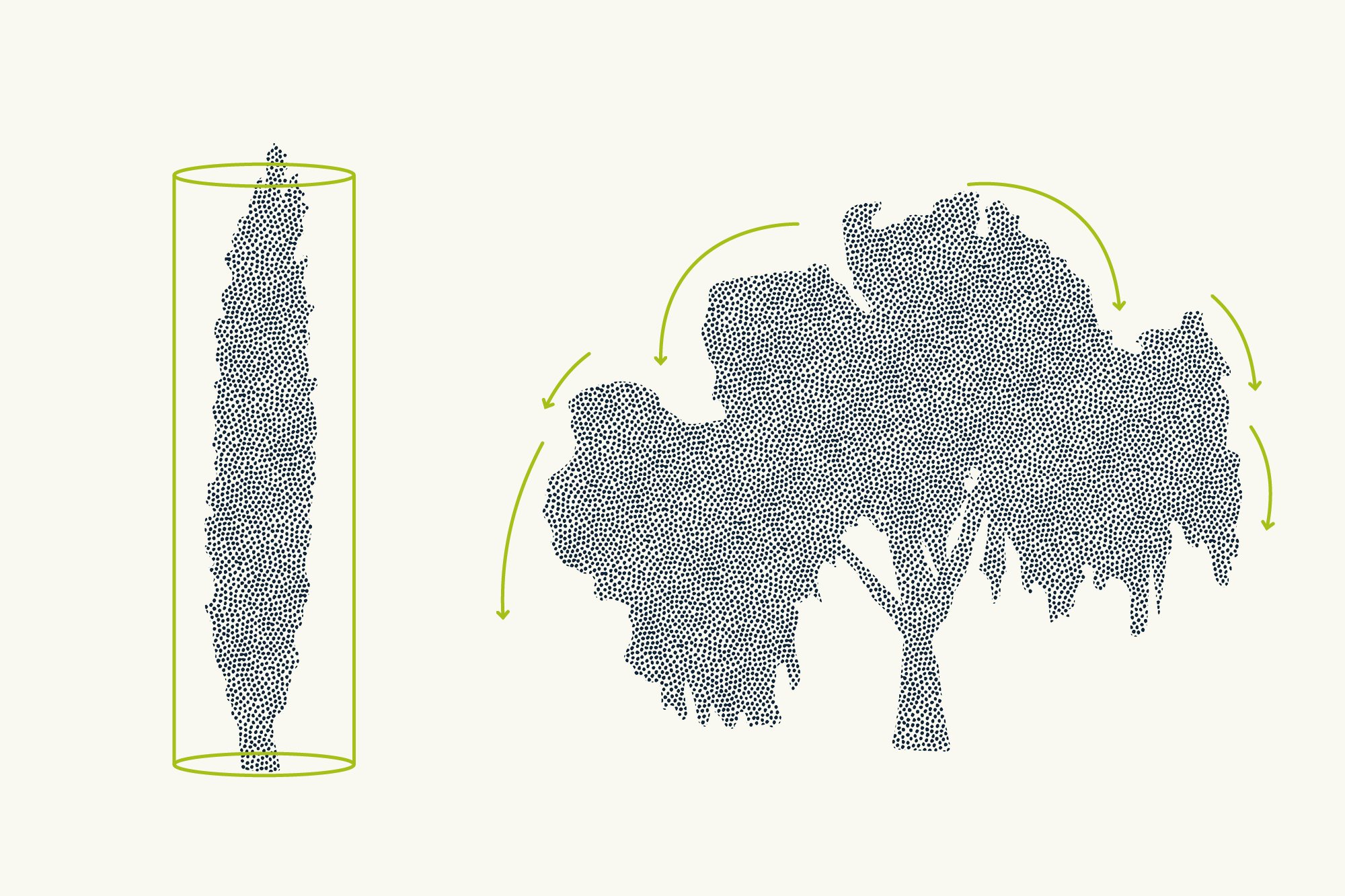

Italian Cypress
(Cupressus sempervirnes)
Tall, slender trees with a narrow, columnar crown. Resistant to wind, thrives in Mediterranean climates. Often used for their elegant appearance and vertical accents in landscapes.
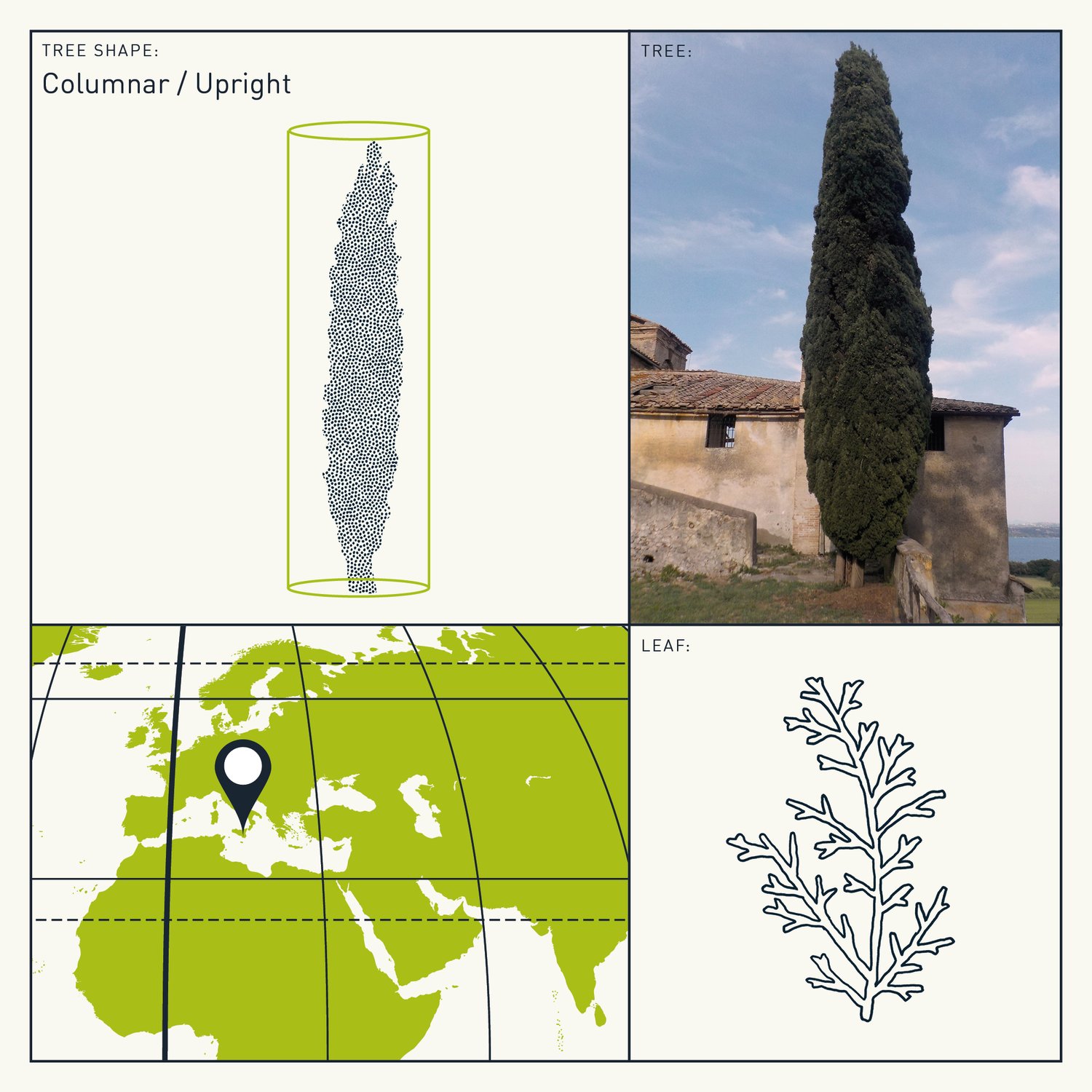
Norwegian Spruce
(Picea abies)
These trees have a pyramidal shape with dense, horizontally spreading branches. They are known for their tall stature and conical crown. They are adapted to cold climates and can withstand heavy snow loads. Their shape helps them shed snow and prevents branches from breaking.
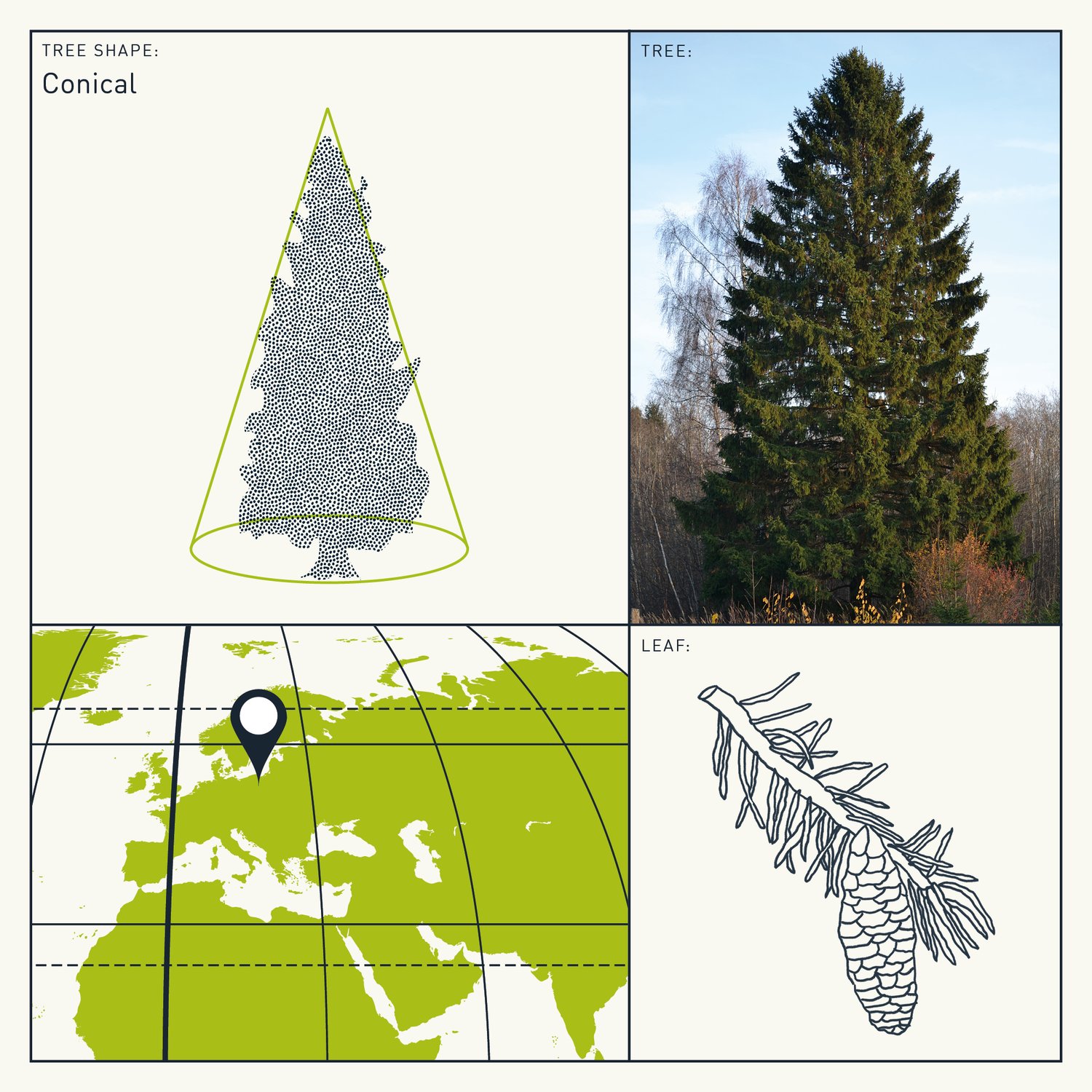
Red Maple
(Acer rubrum)
These trees have a rounded shape with a spreading crown. Known for their vibrant red foliage in autumn, Red Maple trees are adaptable to various climatic conditions. They exhibit a medium to tall stature and have branches that spread outward.
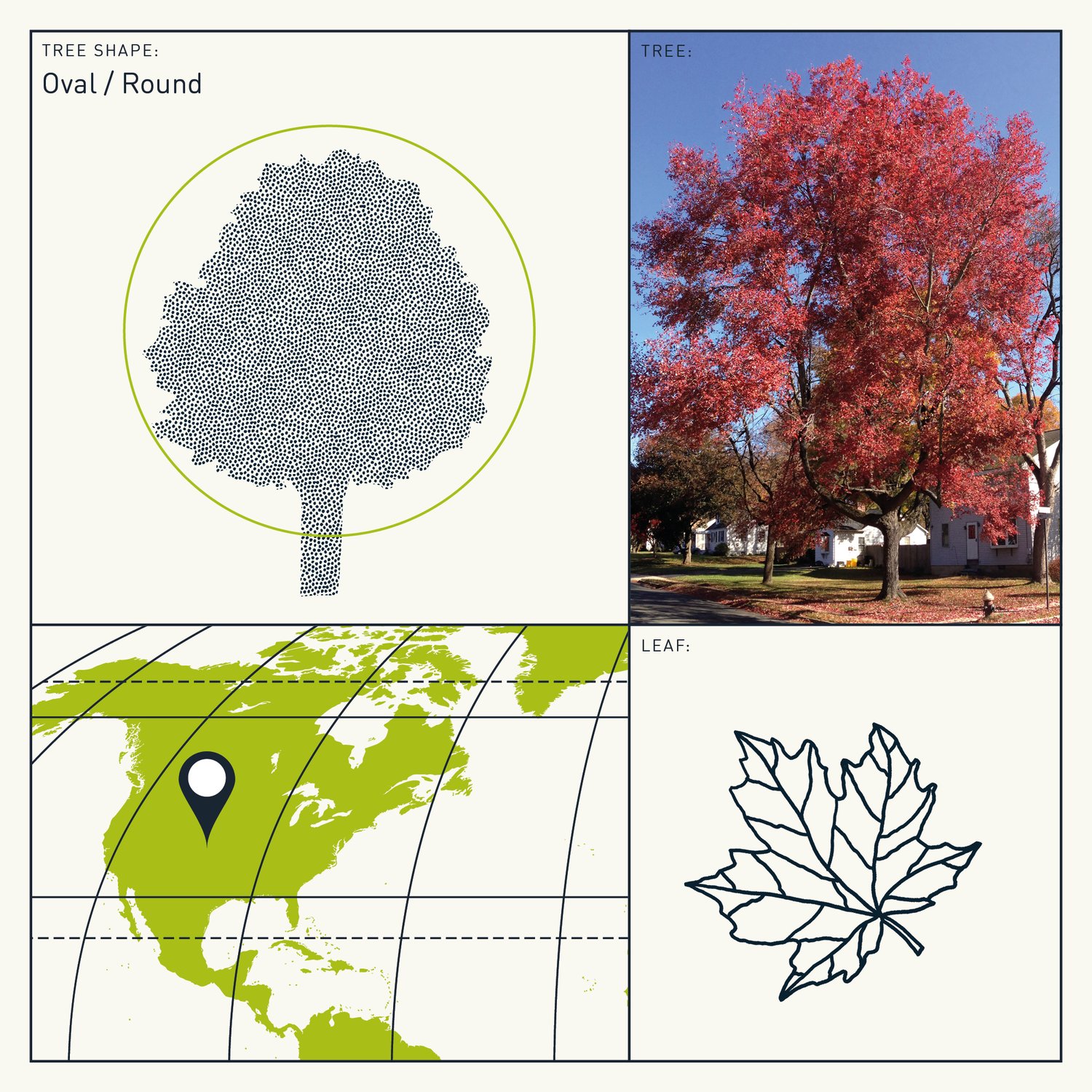
Weeping Willow
(Salix babylonica)
These trees have a distinctive weeping shape with long, drooping branches that cascade downward. Weeping Willow trees are often found near water bodies, as they thrive in moist environments. Their long, pendulous branches create a curtain-like effect, providing shade and adding a picturesque element to landscapes.
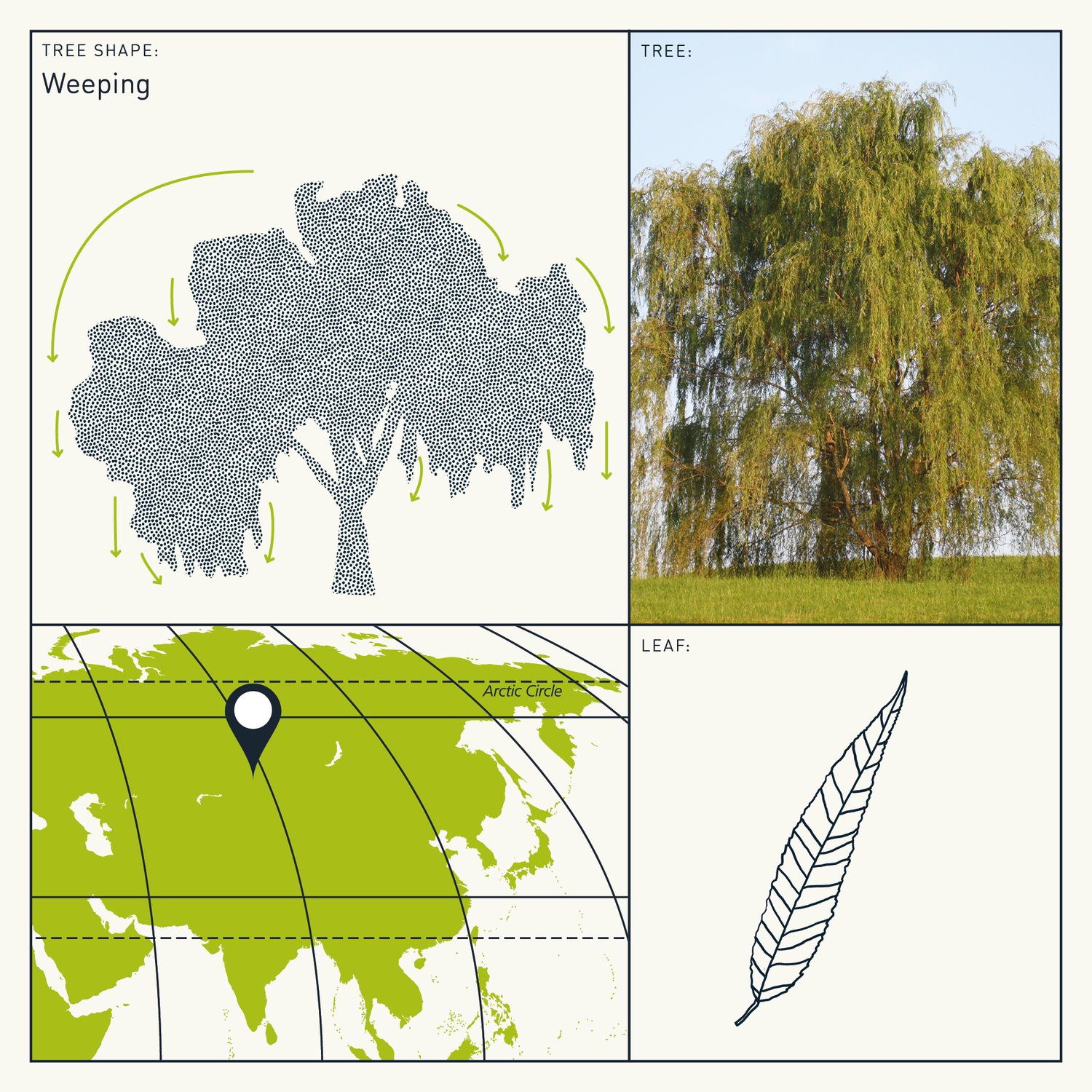
Live Oak
(Quercus virginiana)
These trees have a broad, spreading canopy and a low, wide shape. Live Oaks are known for their large size and long, horizontal branches that extend outward. They are well-adapted to warm and humid climates and are commonly found in coastal regions.
